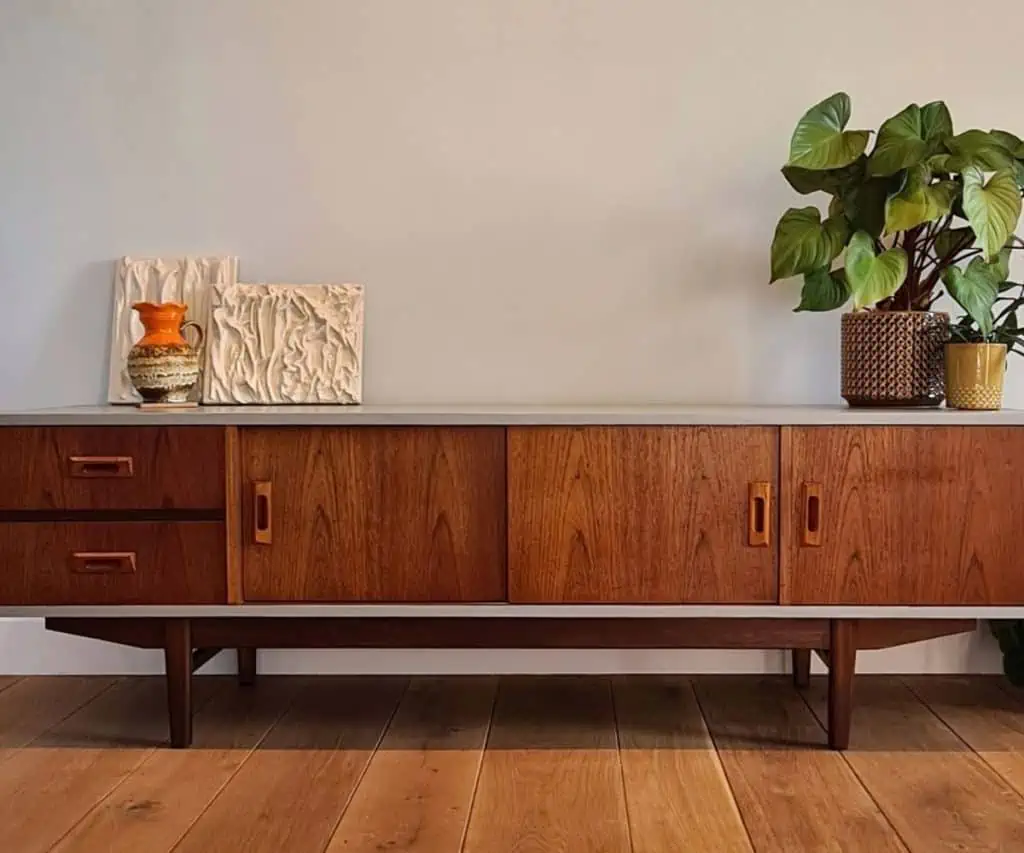Indoor furniture has come a long way from its humble beginnings, evolving through various styles and designs over the centuries. From the ornate and intricate craftsmanship of traditional furniture to the sleek and minimalist aesthetics of modern designs, the journey of indoor furniture styles reflects the changing tastes, lifestyles, and technological advancements of society.
Traditional Furniture: Timeless Elegance and Craftsmanship
Traditional furniture is characterized by its rich ornamentation, intricate details, and solid wood construction. This style often draws inspiration from historical periods such as the Renaissance, Baroque, and Victorian era. Pieces of traditional furniture are known for their elaborate carvings, luxurious fabrics, and classical motifs.
One iconic example of traditional furniture is the Queen Anne chair, which features a curved back, cabriole legs, and upholstered seat. Another classic piece is the Chippendale cabinet, renowned for its refined craftsmanship and intricate fretwork.
Traditional furniture exudes a sense of timeless elegance and sophistication, making it a popular choice for formal living spaces such as dining rooms and studies. Despite its ornate appearance, traditional furniture is built to last and often becomes cherished heirlooms passed down through generations.
Transitional Furniture: Bridging the Gap Between Old and New
Transitional furniture combines elements of both traditional and modern styles, offering a harmonious blend of classic charm and contemporary design. This style is characterized by clean lines, neutral color palettes, and versatile silhouettes.
Transitional furniture seeks to bridge the gap between old-world elegance and modern simplicity, appealing to homeowners who desire a timeless yet fresh look for their interiors. Pieces of transitional furniture often feature subtle nods to traditional craftsmanship, such as paneling or molding, while incorporating modern materials and finishes for a sleeker aesthetic.
An example of transitional furniture is the sectional sofa, which combines the comfort of traditional upholstery with the clean lines of modern design. Another popular piece is the pedestal dining table, which features a simple yet elegant base paired with a traditional wood tabletop.
Modern Furniture: Sleek Simplicity and Functionality
Modern furniture emerged in the early 20th century as a response to the changing social and technological landscape. Influenced by movements such as Bauhaus and Scandinavian design, modern furniture prioritizes simplicity, functionality, and innovation.
Characterized by clean lines, geometric shapes, and minimal ornamentation, modern furniture embraces the principles of form follows function. Materials such as steel, glass, and molded plastics are commonly used to create sleek and streamlined pieces that emphasize efficiency and practicality.
Iconic examples of modern furniture include the Eames Lounge Chair, designed by Charles and Ray Eames, which combines molded plywood and leather upholstery for a timeless yet contemporary look. Another influential piece is the Barcelona chair, designed by Ludwig Mies van der Rohe, featuring a stainless steel frame and leather straps for a minimalist aesthetic.
The Influence of Technology and Innovation
Advancements in technology have played a significant role in shaping the evolution of indoor furniture styles. From the invention of new materials to the development of innovative manufacturing techniques, technology has enabled designers to push the boundaries of creativity and functionality.
For example, the advent of computer-aided design (CAD) software has revolutionized the way furniture is conceptualized and prototyped. Designers can now create intricate 3D models and renderings, allowing for greater precision and experimentation in the design process.
Similarly, advances in materials science have led to the creation of new materials such as carbon fiber and engineered wood, which offer enhanced durability and sustainability compared to traditional materials.
Conclusion
From the ornate craftsmanship of traditional furniture to the sleek simplicity of modern designs, the journey of indoor furniture styles is a testament to human creativity, innovation, and cultural evolution. Whether you prefer the timeless elegance of traditional pieces or the contemporary flair of modern design, there is a style of indoor furniture to suit every taste and lifestyle.
As we continue to embrace new technologies and design philosophies, the world of indoor furniture will undoubtedly continue to evolve, offering endless possibilities for creativity and expression in the spaces we inhabit.
Reference:
